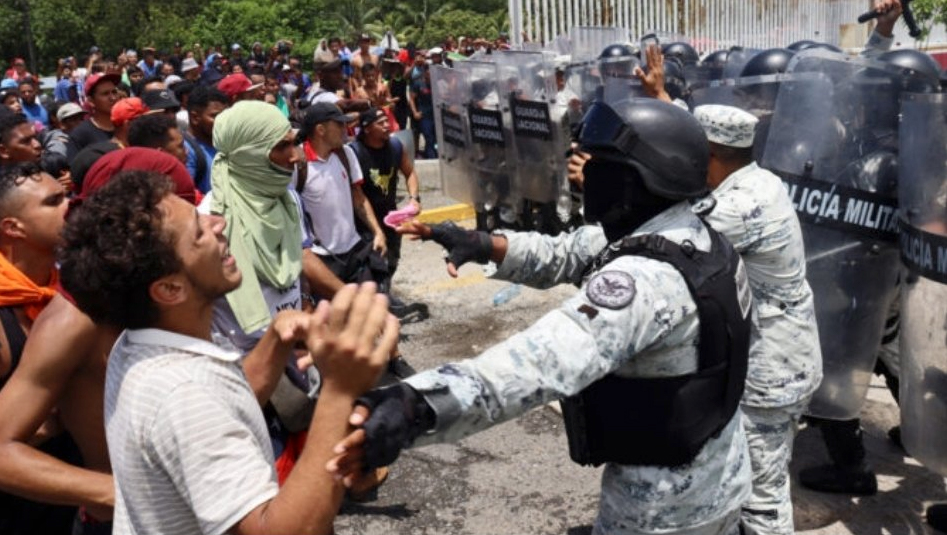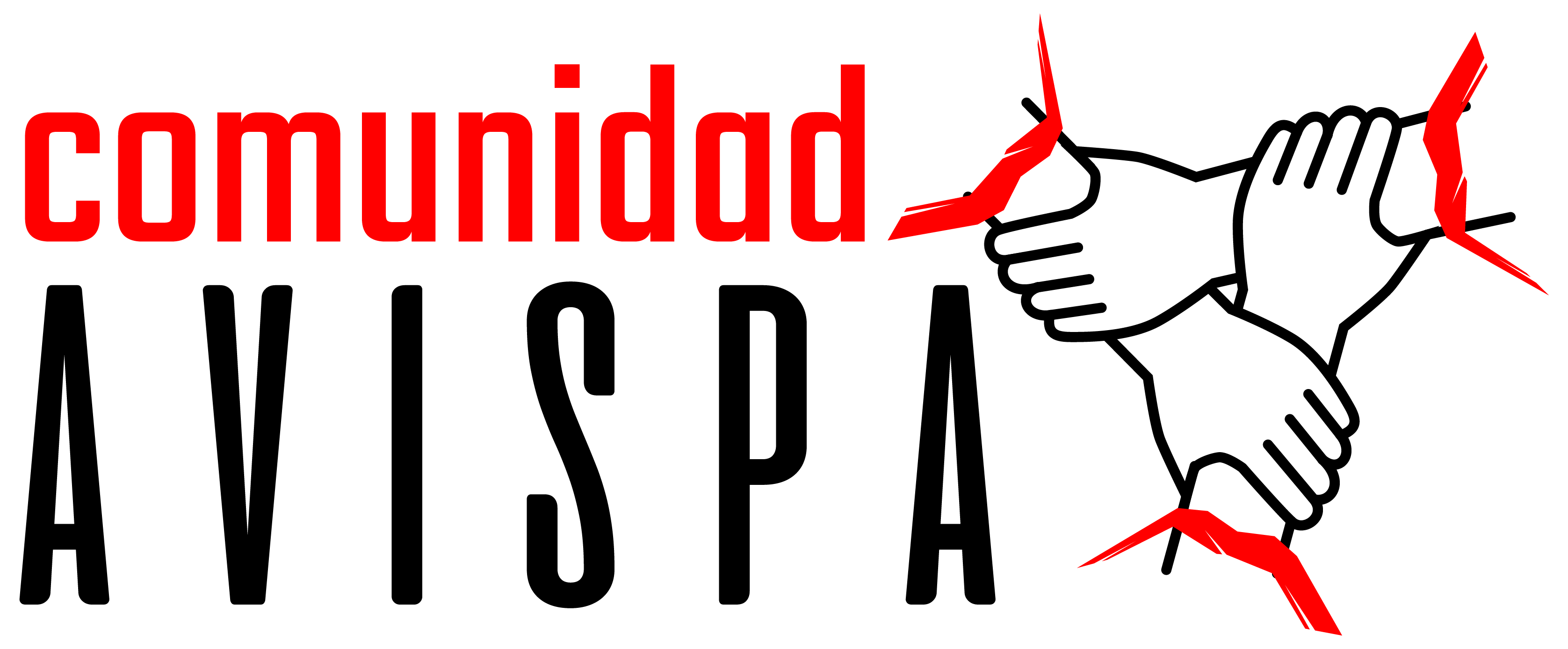Cover Image: Signing of the declaration of bicentennial friendship in Mexico City
In December 2022, the United States government commemorated 200 years of political and economic ties with Mexico, celebrating the United States-Mexico-Canada Agreement (USMCA) as one of the principle achievements. The US government also highlighted a new bilateral security deal which has revamped some of the original objectives of the Merida Initiative.
At the end of 2022, the Special Presidential Advisor for the Americas, Christopher Dodd, the United States Ambassador to Mexico, Ken Salazar, and the Mexican Minister of Foreign Affairs, Marcelo Ebrard, signed a declaration of bicentennial friendship in Mexico City.
Since October 2021, talks related to the agreement—known as the Mexico-United States Bicentennial Framework for Security, Public Health and Safe Communities—have been ongoing. The United States has outlined three guiding principles: 1) investments in public health solutions for drug use; 2) prevention of transborder crime, including the reduction of arms and human trafficking; 3) dismantling of illicit financial networks linked to organized crime in both countries.
In early discussions, Marcelo Ebrard said that the plan would include: “11 areas of coordination, 26 joint objectives, and 102 actions of cooperation, which have been jointly developed and approved (between the United States and Mexico).”

While this new agreement advances, the United States Congress is evaluating the results of the Merida Initiative, which was launched in 2007 with then president of Mexico, Felipe Calderón. According to the US Congressional Research Service, prior to the Merida Initiative, “Mexico didn’t receive large amounts of security aid from the United States, in part because of Mexico’s sensibility toward the implications of United States influence in Mexico’s internal affairs.”
The Merida Initiative, an aid package oriented toward strengthening the rule of law and the war on drugs, was key for the United States government’s entrance into Mexico.
Up until 2021, $3.5 billion dollars have been earmarked for the Mexican government. Part of these resources were used for Foreign Military Financing (FMF) which allows the buying of military equipment, planes, and helicopters. The US also provided equipment and training for the now defunct Federal Police.
Assessments carried out by the United States Congress have cast doubt on the Merida Initiative’s success seeing as organized crime violence is increasing in Mexico. The number of drug overdose deaths in the US is also on the rise. This has led to questions about “the efficacy of the security cooperation between the United States and Mexico,” according to the US Congressional Research Service.
That same research team reported that homicides in Mexico reached record levels between 2016 and 2019, before slightly declining in 2020 due to the pandemic. “Yet they increased again in 2021, and maintained elevated levels in 2022. Furthermore, since 2019, Mexico has surpassed China to become the leading source of United States fentanyl, representing around 66% of the nearly 108,000 lethal drug overdoses in the United States in 2021.”
Merida Initiative in the Background
Since López Obrador took power in Mexico in 2018, he has criticized the Merida Initiative. According to the Congressional Research Service, he has decided to “reduce federal security cooperation with the United States.” Following pressure from ex-president Donald Trump, the Merida Initiative focused most of its activity on border security.
In this way, there was a reorientation of the Merida Initiative toward migration control, which became the principle objective of the United States, “while the promotion of human rights and the rule of law remained secondary,” according to the Congressional Research Service.
During that same time, President López Obrador mobilized more than a thousand members of the National Guard toward southern Mexico in order to contain migrants coming from other countries. The National Guard, which since then has become a fundamental part of the border police, inherited the equipment acquired from the Merida Initiative.

In a document produced by the US Congress in December of 2022, it states that bilateral security operations and priorities have changed with the new security agreement. Although some of the old objectives of the Merida Initiative have been revamped, the new agreement seeks primarily to “secure borders and ports; and combat transnational organized crime, including opium poppy cultivation and heroin, fentanyl, and methamphetamine production.”
According to the Congressional Research Service, “the revitalization of bilateral security cooperation” is on the horizon with the new bicentennial agreement. In March of 2022, Congress enacted the Consolidated Appropriations Act (Public Law 117-103), designating over $122 million dollars to kick-start the new security pact. Meanwhile, for the year 2023, the United States Congress is debating a budget request of $141.6 million dollars for bilateral aid with the government of López Obrador.
A portion of these resources will also be destined to implement aid projects in Central America.
Progress
In October 2022, the United States and Mexico presented a report on the agreement’s first year (2021-2022) via a joint communique. “We protected the health of our citizens, expanding collaboration to reduce drug addiction and its related damages,” the governments informed.
One of the most noteworthy activities is the increased patrolling of the borders. To this end, the United States Justice Department created the Joint Task Force Alfa (JTFA), “which increased coordination with the Department of Homeland Security and other law enforcement partners, including in Mexico and Central America, to disrupt human smuggling networks,” the statement said.
According to the US Department of Justice, this task force is meant to disrupt and dismantle human smuggling and human trafficking networks that operate in El Salvador, Guatemala, Honduras, and Mexico.
A memorandum of understanding was signed between the National Customs Agency of Mexico and the US Customs and Borders Protection to improve the exchange of information related to air cargo shipments. Furthermore, Mexico joined the Global Container Control Program of the United Nations Office on Drugs and Crime (UNODC) to minimize the use of marine containers in order to combat illicit drug trafficking.
According to the communique, the armed forces in Mexico confiscated more than 32,000 guns, 17 million ammo cartridges, and 3,200 grenades between 2019 to 2022. Meanwhile, United States law enforcement agencies confiscated more than 600,000 firearms in 2021.
On the other hand, there is plans to implement an infrastructure and cyber security arrangement between the National Guard and the US Cybersecurity and Infrastructure Security Agency. With these different security agreements, the governments of Mexico and the United States are commemorating and celebrating 200 years of bilateral relations.


